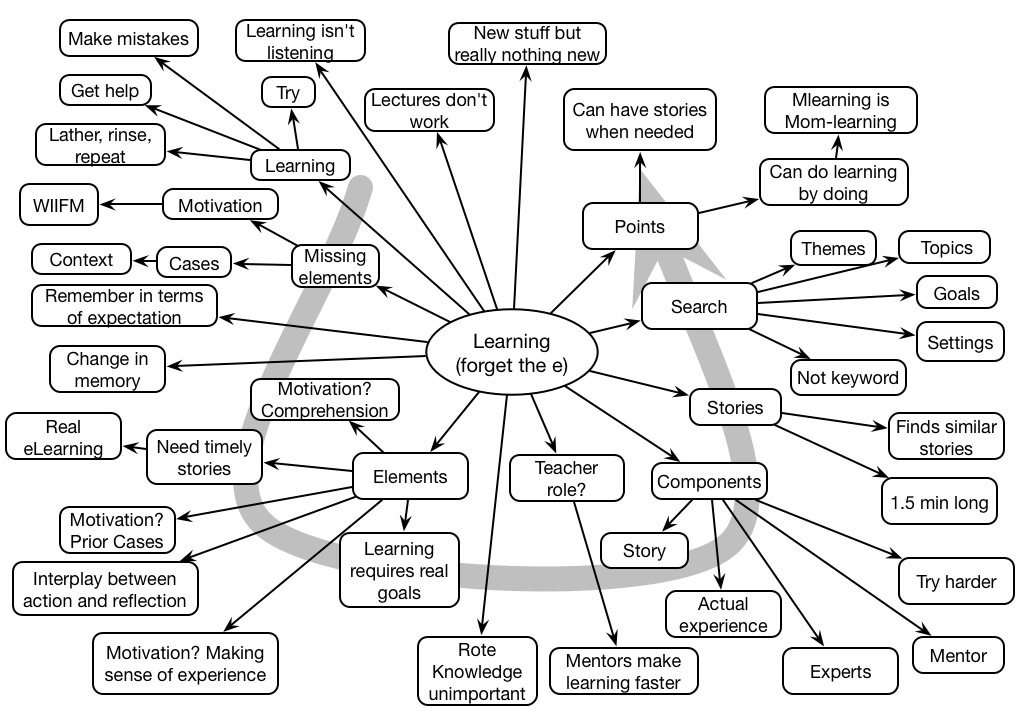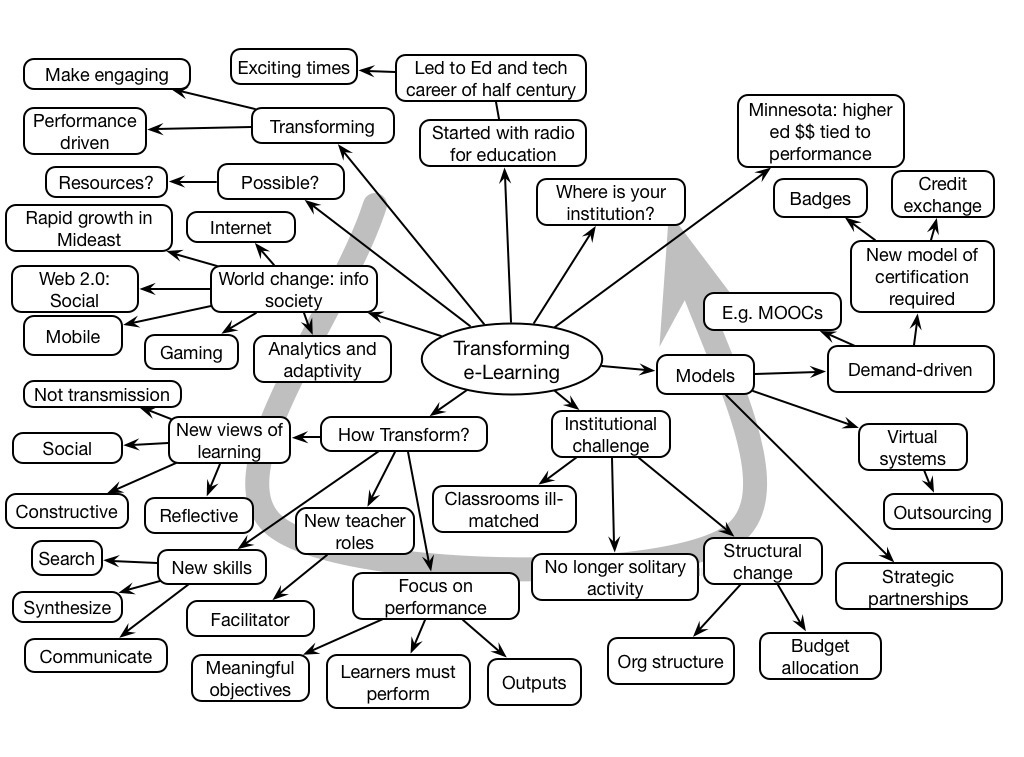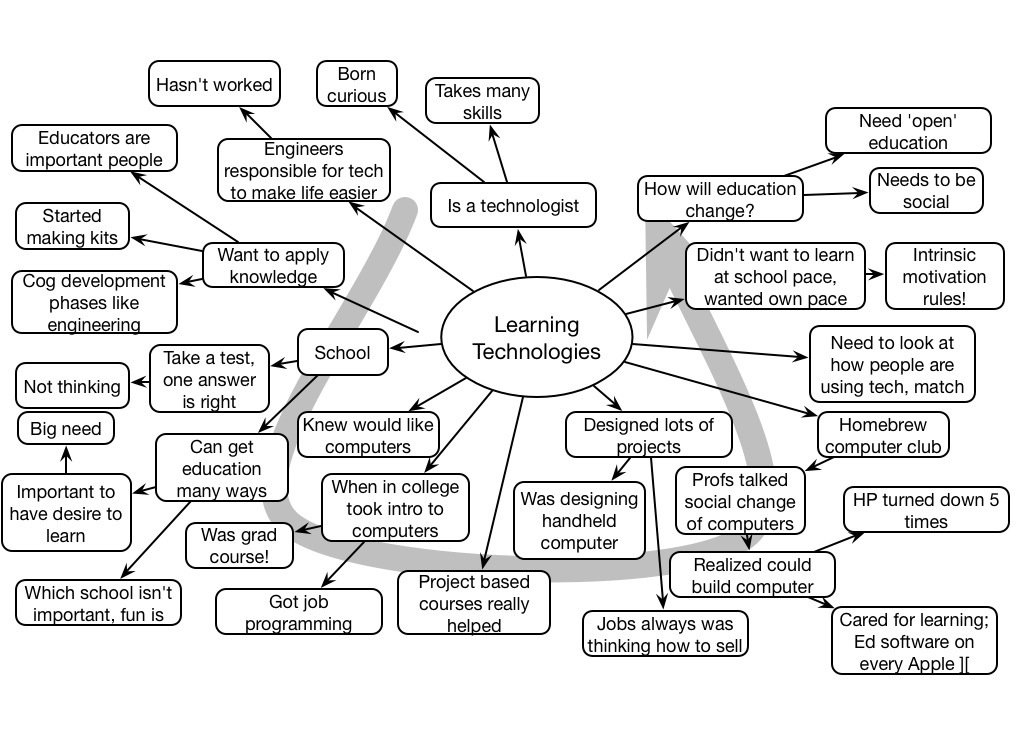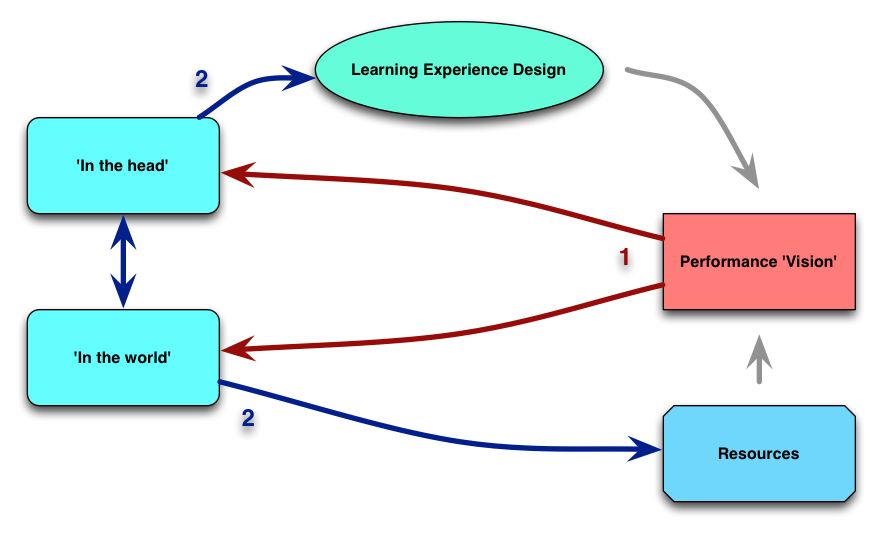I was part of a meeting about online learning for an institution, and something became clear to me. We were discussing MOOCs (naturally, isn’t everyone?), and the opportunities for delivering quality learning online. And that’s where I saw a conflict that suggested a fundamental barrier to scale.
When I think about quality learning, the core of it is, to me, about the learning activity or experience. And that means meaningful problems with challenge and relevance, more closely resembling those found in the real world than ones typically taught in schools and training. There’s more.
The xMOOCs that I’ve seen have a good focus on quality assessment aligned to the learning goal, but there’s a caveat. Their learning goals have largely been about cognitive skills, about how to ‘do’. And I’m a big fan of focusing on ‘do’, not know. But I recognize there’s more, there’s to ‘be’. That is, even if you have acquired skills in something like AI programming, that doesn’t mean you’re ready to be employed as an AI programmer. There’s much more. For instance, how to keep yourself up to date, how to work well with others, what are the nature of AI projects, etc.
It also came up that when polled, a learned committee suggested top things to learn were to lead, to work well on a team, communicate, etc. These are almost never developed by working on abstract problems. In fact, I’d suggest that the best activities are meaningful, challenging, and collaborative. The power of social learning, of working together to receive other viewpoints and negotiate a shared understanding, and creating a unique response to the challenge, is arguably the best way to learn.
Consequently, it occurs to me, that you simply cannot make a quality learning experience that can be auto-assessed. It needs to be rich, and mentored, scaffolded, and evaluated. Which means that you have real trouble scaling a quality learning experience. Even with peer assessment, there’s some need for human intervention with every group’s process and product. Let alone generating the beneficial meta-learning aspects that could come from this.
So, while there are real values to be developed from MOOCs, like developing perhaps some foundation knowledge and skills, ultimately a valuable education will have to incorporate some mechanism to handle meaningful activities to develop the desirable deep understanding. A tiered model, perhaps? This is still embryonic, but it seems to me that this is a necessary step on the way to a real education in a domain.



